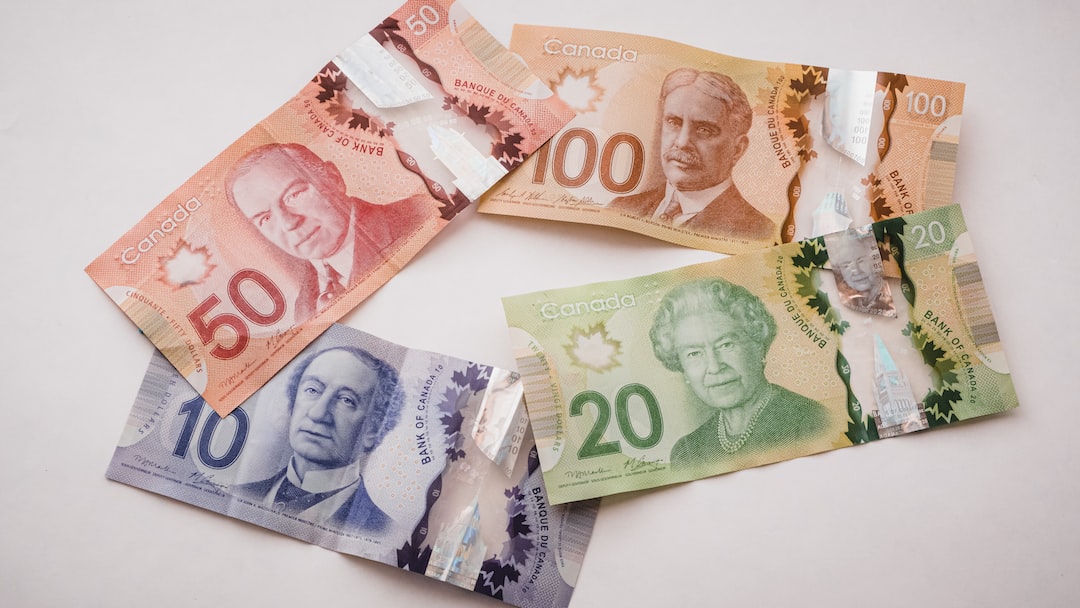How Do I Trade Forex? A Beginner’s Guide to Currency Trading
Forex, also known as foreign exchange, is the largest and most liquid financial market in the world. It involves the buying and selling of currencies with the aim of making a profit from the fluctuations in their exchange rates. If you’re a beginner looking to venture into the world of forex trading, this comprehensive guide will provide you with the necessary information to get started.
Understanding the Forex Market:
Before diving into forex trading, it’s essential to have a solid understanding of how the market works. Unlike the stock market, which has a centralized exchange, forex is a decentralized market that operates 24 hours a day, five days a week. It is conducted electronically over-the-counter (OTC), meaning there is no physical location where trades occur.
The forex market consists of various participants, including banks, financial institutions, corporations, governments, and individual traders. The main trading centers are located in major global financial hubs, such as London, New York, Tokyo, and Sydney. As a result, the market is open around the clock, allowing traders from all over the world to participate at any time.
Currency Pairs:
In forex trading, currencies are always traded in pairs. The first currency in the pair is called the base currency, while the second currency is known as the quote currency. For example, in the EUR/USD pair, the euro is the base currency, and the US dollar is the quote currency. The exchange rate tells you how much of the quote currency is needed to purchase one unit of the base currency.
Popular currency pairs include EUR/USD, GBP/USD, USD/JPY, and USD/CAD, among others. It’s important to note that each currency pair has its own price, which is constantly changing due to various factors, such as economic indicators, geopolitical events, and market sentiment.
Opening a Forex Trading Account:
To start trading forex, you’ll need to open a trading account with a reputable forex broker. It’s crucial to choose a broker that is regulated by a recognized financial authority to ensure the safety of your funds. Additionally, consider factors such as trading platforms, customer support, and the range of available currency pairs when selecting a broker.
Once you’ve chosen a broker, you’ll need to complete the account registration process, which usually involves providing personal information and verifying your identity. After your account is approved, you can proceed to deposit funds into your trading account. Most brokers offer various payment methods, including bank transfers, credit/debit cards, and electronic wallets.
Developing a Trading Strategy:
Before executing any trades, it’s essential to develop a trading strategy that suits your trading style and risk tolerance. A trading strategy outlines the rules and criteria for entering and exiting trades, as well as managing risk and potential profits.
There are several types of trading strategies, including day trading, swing trading, and long-term investing. Day trading involves opening and closing trades within the same day, while swing trading involves holding trades for a few days to weeks. Long-term investing, on the other hand, involves holding positions for several months to years based on fundamental analysis.
It’s important to note that forex trading involves risks, and no strategy can guarantee profits. Risk management is an integral part of any trading strategy. This involves setting stop-loss orders to limit potential losses and using proper position sizing to ensure that no single trade can wipe out your entire trading account.
Technical and Fundamental Analysis:
To make informed trading decisions, it’s crucial to analyze the forex market using both technical and fundamental analysis. Technical analysis involves studying historical price data and using various technical indicators and chart patterns to predict future price movements. This approach assumes that historical price patterns tend to repeat themselves.
Fundamental analysis, on the other hand, focuses on economic factors that can impact currency prices. This includes analyzing economic indicators, such as GDP growth, inflation rates, interest rates, and employment data, as well as monitoring geopolitical events and central bank announcements.
By combining technical and fundamental analysis, you can gain a better understanding of the market and make more informed trading decisions.
Executing Trades and Monitoring Positions:
Once you have a trading strategy in place and have conducted your analysis, it’s time to execute trades. Most forex trading platforms offer a user-friendly interface that allows you to place trades with a few clicks. Simply select the currency pair, specify the trade size, and choose whether to buy or sell.
After executing a trade, it’s important to monitor your positions and adjust your strategy accordingly. This involves keeping an eye on market news and events that may impact your trades and adjusting stop-loss and take-profit levels if necessary.
Conclusion:
Forex trading can be an exciting and potentially profitable venture for beginners. However, it requires dedication, patience, and a solid understanding of the market. By following the steps outlined in this guide, you’ll be well-equipped to start your forex trading journey. Remember to start with a demo account to practice your trading strategy before risking real money, and always stay informed about market developments to make informed trading decisions.





